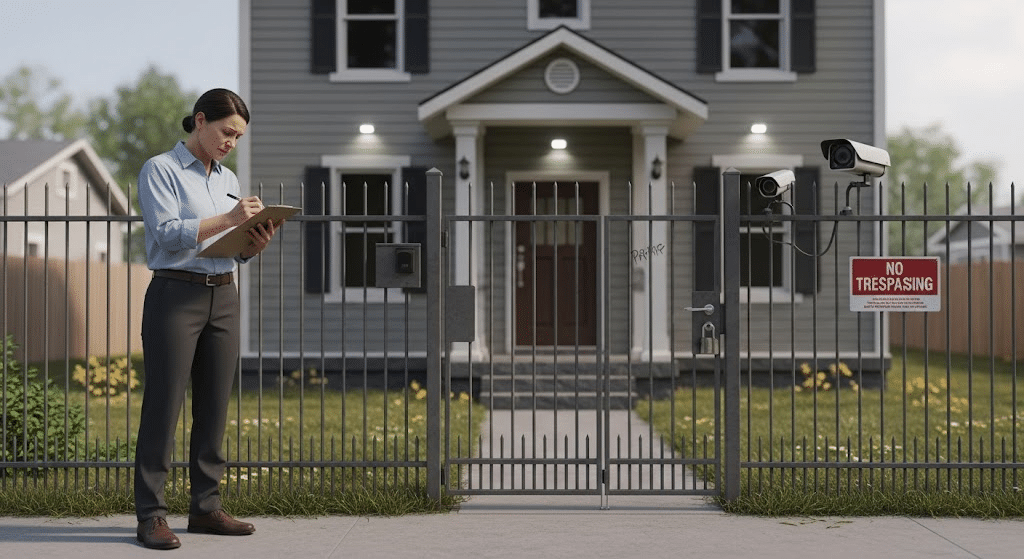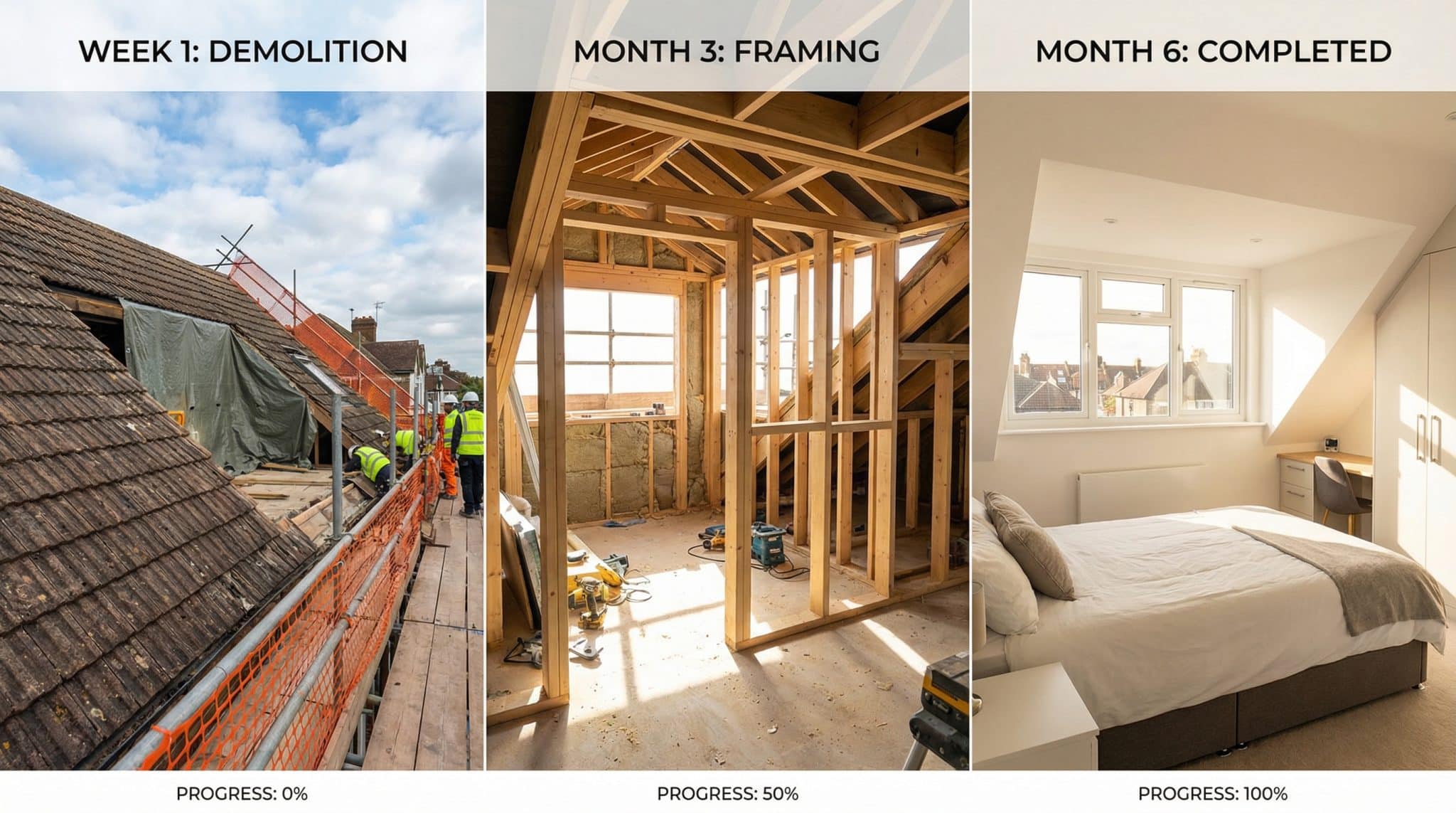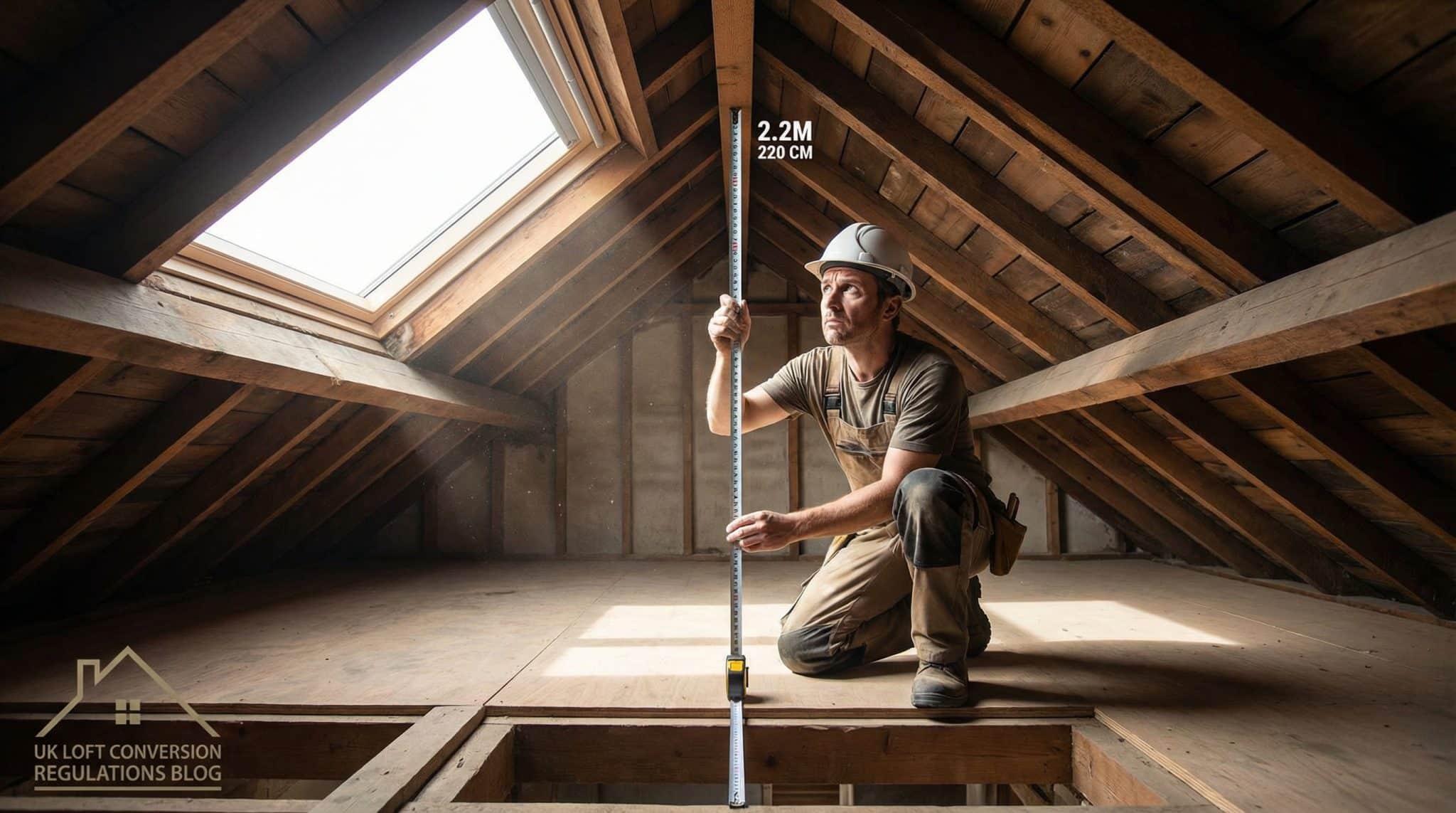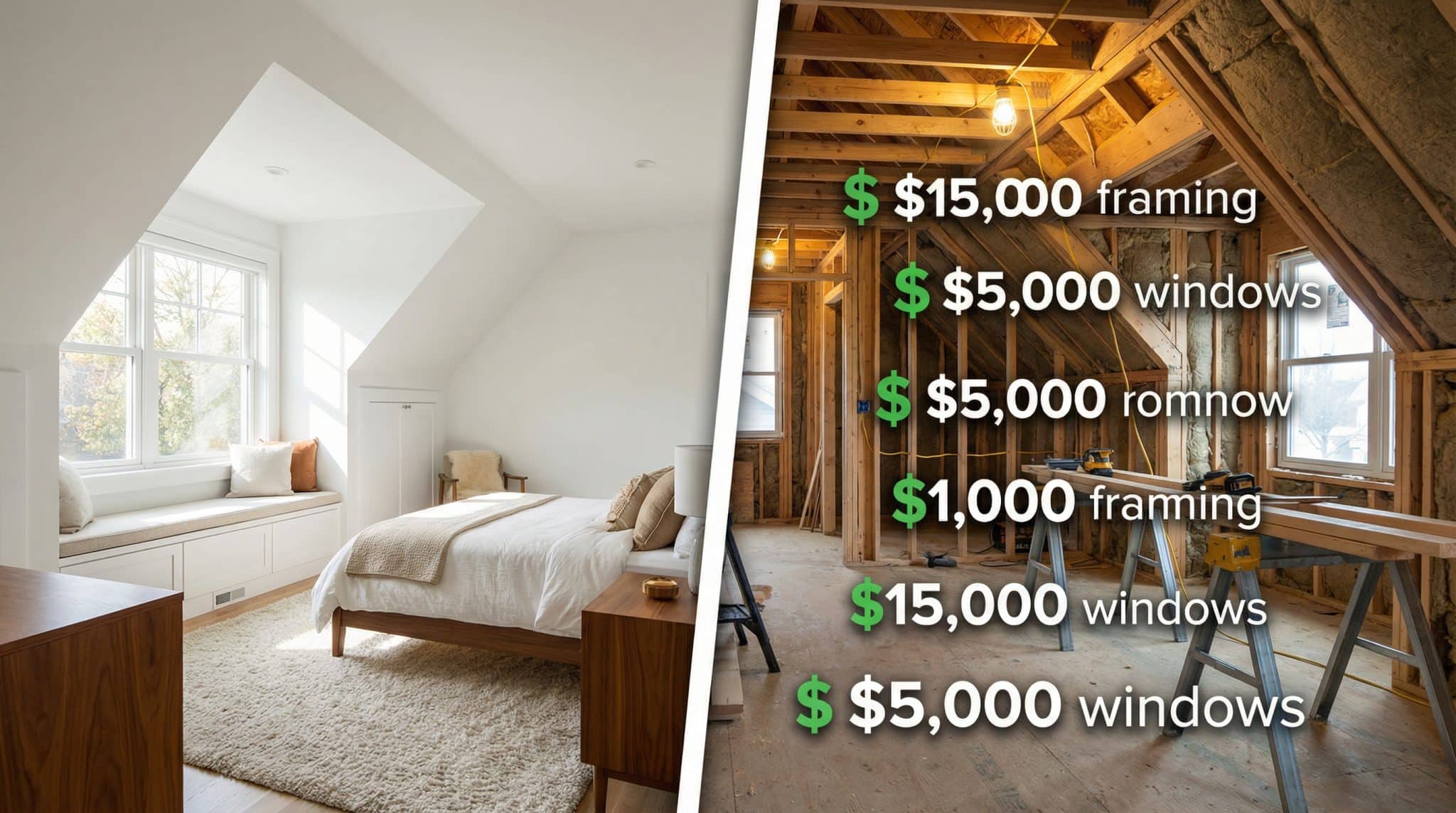Have you ever wondered what happens when someone moves into an empty property without permission?
This situation involves people called squatters, and it creates serious legal challenges for property owners everywhere.
Many property owners are confused about squatter laws and unsure how to protect their investments from unauthorized occupants.
Learning what squatters and squatter rights are can help you protect your property and respond correctly if this situation happens to you.
Squatters can potentially gain legal ownership of property through specific laws, making this knowledge essential for every property owner.
This article will explain what squatters are, how they can claim ownership rights, the risks they pose to property owners, and the most effective ways to prevent and remove them from your property.
What Is a Squatter?
A squatter is someone who lives in or uses a property without the owner’s permission. They occupy empty homes, vacant lots, or abandoned buildings that they don’t own or rent.
The key point is that squatters have no legal right to be there.
Squatters often target properties that appear vacant or abandoned. Once they move in, squatters may change locks, set up utilities, and live as if they own the place.
The reasons people become squatters vary widely. Some face housing crises and have nowhere else to go. Others see empty properties as free housing opportunities.
In some cases, squatters occupy land to make a legal claim for ownership.
Property types that attract squatters include foreclosed homes, inherited properties that sit empty, and vacation homes used seasonally.
Unlike tenants who have lease agreements, squatters never had permission to be there.
Understanding Squatters’ Rights
The term “squatter’s rights” refers to laws that can protect people who occupy property without permission. These laws exist in many countries and states around the world.
They come from old legal concepts about how people can gain ownership of land over time.
Squatter’s rights come from adverse possession laws that date back hundreds of years. The original purpose was to make sure useful land didn’t sit empty forever.
If an owner abandoned property and someone else put it to good use for many years, the law might reward the new user with ownership.
Many people have wrong ideas about squatters’ rights. Here are some common myths:
- Squatters can claim any empty property after 30 days
- Squatters automatically get free housing just by moving in
- Calling the police will always remove squatters immediately
- Any empty building is fair game for squatters
The reality is very different from these myths. Gaining actual ownership through squatting is extremely difficult and rare.
Most squatters are removed long before they could ever claim legal rights. The process takes many years, not days or weeks.
How to Claim Squatters’ Rights?
Claiming squatter’s rights requires meeting strict legal requirements through a process called adverse possession.
?This legal pathway allows squatters to gain ownership of property, potentially, but the conditions are challenging to fulfill.
| Requirement | What It Means |
|---|---|
| Open and Obvious | The squatter must live there openly. They can’t hide their presence. Neighbors and the owner should be able to see that someone is living there. |
| Continuous | The squatter must stay there without long breaks. They can’t leave for months and come back. The occupation needs to be steady over many years. |
| Exclusive | The squatter must be the only one using the property. They can’t share it with the real owner or other squatters. |
| Hostile | This doesn’t mean aggressive. It means the squatter is there without the owner’s permission. They are acting like they own the place. |
In the UK, squatters must prove factual possession for 10 years on registered land or 12 years on unregistered land.
After this period, they can apply to the Land Registry with evidence of continuous occupation and intention to possess.
Property owners have the right to object to these applications.
Risks for Property Owners and How to Prevent Them?

Property owners face serious risks when squatters occupy their buildings. The biggest risk is losing ownership completely if squatters meet legal requirements over many years.
This risk is higher for vacant properties and those in remote locations. Removing squatters often requires expensive legal action.
Property owners may need lawyers and court fees that cost thousands of dollars.
Squatters may also damage the property by breaking in, damaging systems, or removing fixtures. Insurance often doesn’t cover squatter damage.
Property owners can take steps to reduce these risks and protect their investment:
- Install strong locks, security cameras, motion-sensor lights, and fences around the property
- Visit vacant properties monthly and document each visit with photos and notes
- Post clear “No Trespassing” signs and maintain proper barriers
- Pay property taxes on time and keep all title records current
- Look for signs of entry, like broken locks or new personal items, during visits
These steps make it much harder for squatters to occupy your property or claim legal rights to it.
How to Remove Squatters?
When squatters occupy a property, owners have several options for removal. The approach depends on how long the squatters have been there and the specific circumstances of the situation.
When Can Police Help?
Police can remove squatters immediately if the squatter broke in recently (usually within 48 hours), there is clear evidence of breaking and entering, the owner has proper proof of ownership, and no landlord-tenant relationship exists.
Police often cannot act if the squatter has been there for weeks or months, there is any question about ownership, the squatter claims to have permission, or utilities are connected in the squatter’s name.
Legal Eviction Process
When police cannot help, property owners must follow the legal eviction process:
1. Serve Notice: Give the squatter written notice to leave. The notice period varies by location but is usually 3-30 days.
2. File Court Papers: If the squatter doesn’t leave, file an eviction lawsuit. This requires proof of property ownership, a copy of the notice served, court filing fees, and proper legal forms.
3. Attend Court Hearing: Come to court with all ownership documents, photos of the property, records of when squatting began, and any evidence of damages.
4. Get a Court Order: If you win, the court will issue an order for the squatter to leave. This usually gives them a few more days to move out.
5. Official Eviction: If the squatter still won’t leave, court officials can physically remove them. This is the final step in the legal process.
The entire process typically takes 30-90 days, depending on local laws and court schedules. Most squatter cases are handled as civil matters through the housing court, which provides clear legal protection for property owners.
The Bottom Line
Now you know what squatters are and how they can affect property owners.
Squatters are people who occupy properties without permission, and while they rarely gain ownership, they can cause significant problems for property owners.
The key to protection lies in taking proactive steps before squatters arrive.
Regular property visits, proper security measures, and keeping legal documents current can prevent most squatting situations.
If squatters do occupy your property, act quickly through legal channels rather than trying to remove them yourself.
By staying informed about what squatters are and their rights, you can make better decisions about your property and respond appropriately to any challenges that arise.
Have you ever dealt with squatters on your property?
Share your experience in the comments below and let other property owners know what worked for you.
Want to get the legal or money stuff right? Read more here.














